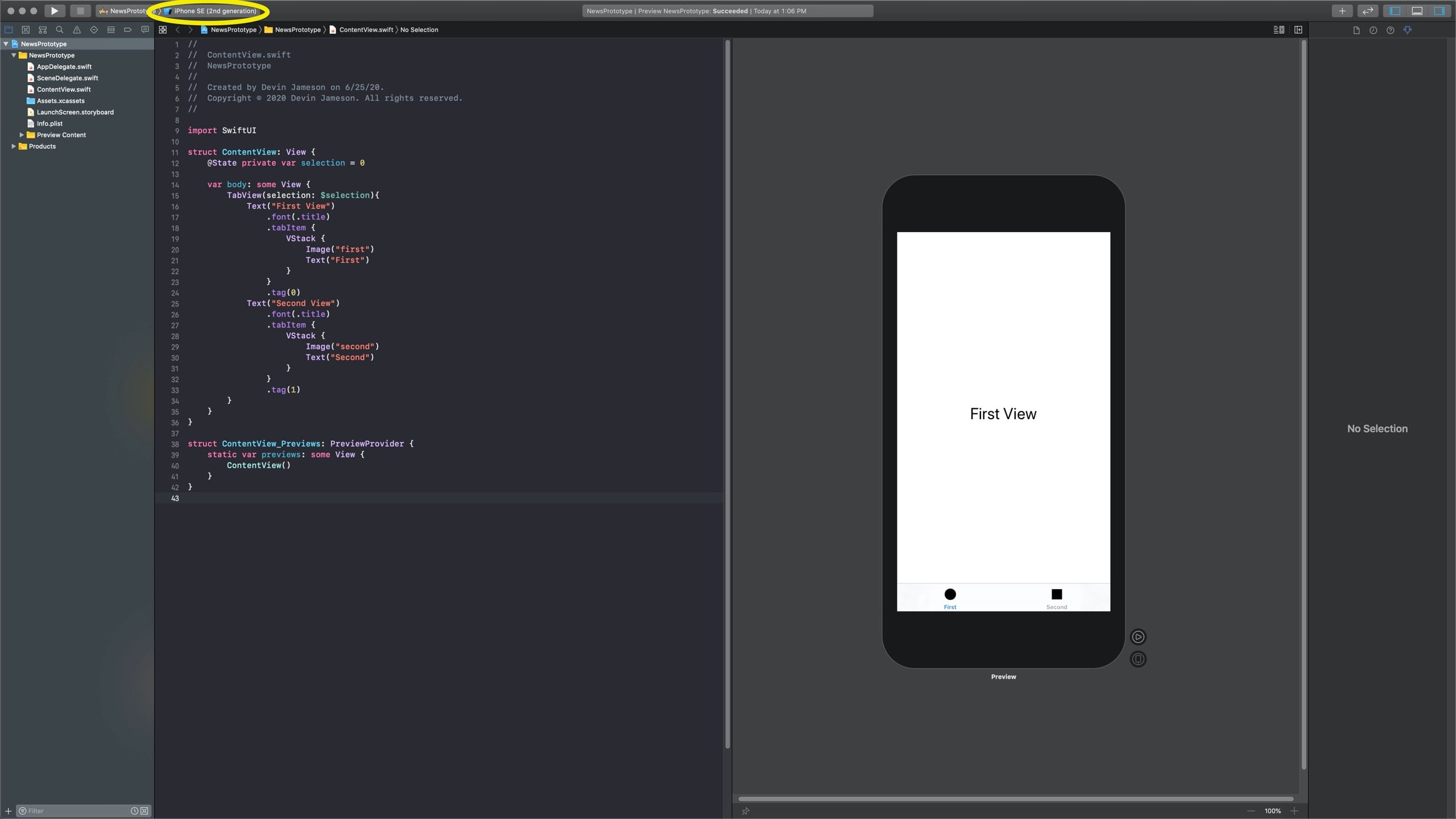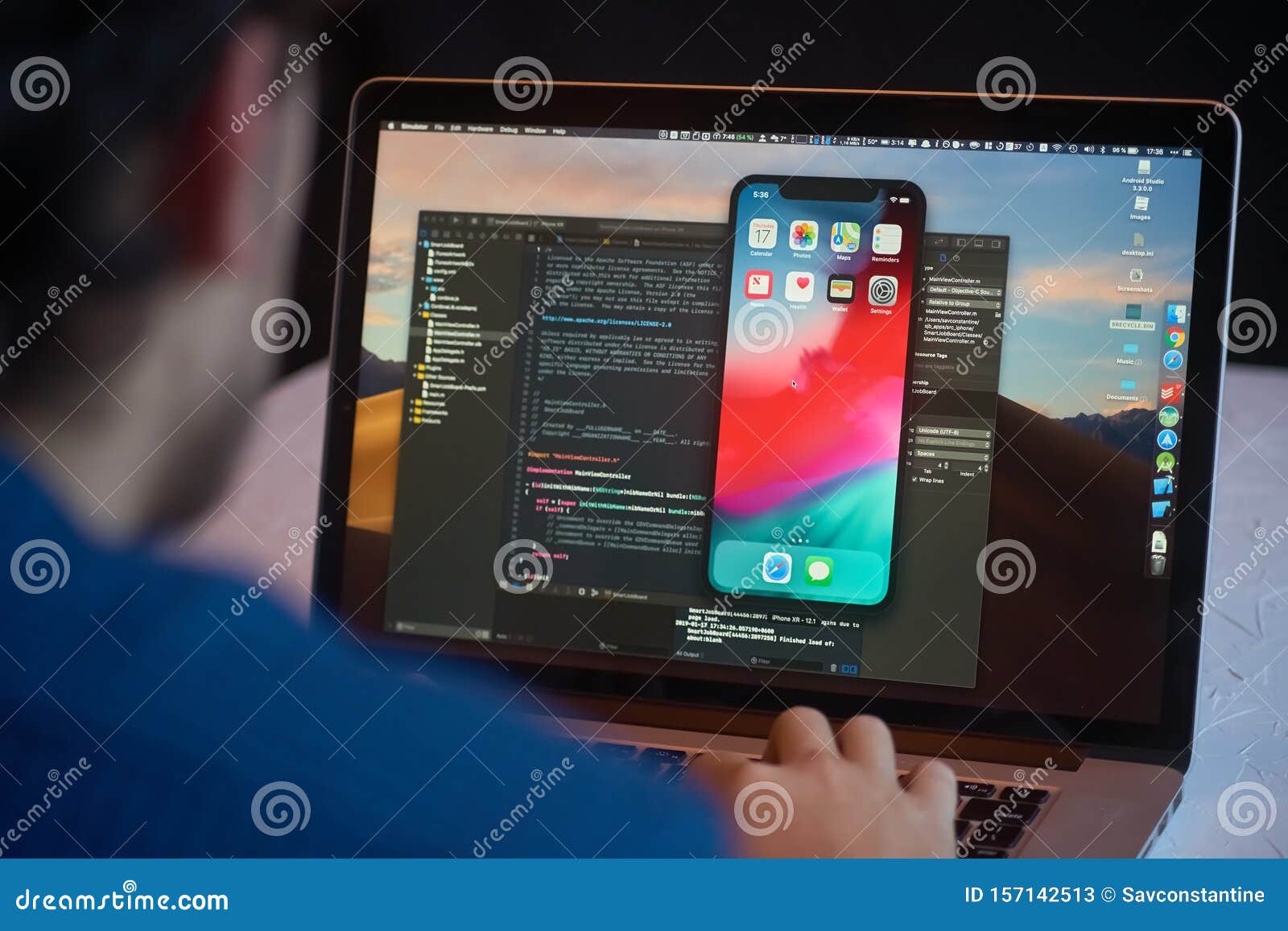

- Xcode preview content how to#
- Xcode preview content install#
- Xcode preview content update#
- Xcode preview content full#
- Xcode preview content android#
Xcode preview content update#
To update your app's configuration, run the following command in your Flutter app directory:

You must do this when you add new packages in your Flutter app and plan to run a target in the project from Xcode. First, update your Flutter app's configuration.To learn more about the generated code and WidgetKit, check out Apple's app extension documentation. When you add a new target, Xcode generates sample code based on the template you selected. Clear both the Include Live Activity and Include Configuration Intent check boxes. Type "NewsWidgets" into the Product Name box for this widget.Select File → New → Target from the menu.This opens the default Xcode workspace in your Flutter project. Alternatively, right click on the ios folder from VSCode and select Open in Xcode. Run open ios/Runner.xcworkspace in a terminal window from your Flutter project directory.Creating a basic iOS Home Screen widgetĪdding an app extension to your Flutter iOS app is similar to adding an app extension to a SwiftUI or UIKit app:
Xcode preview content android#
You can skip the Android versions if you're only interested in iOS, and vice versa. Note: The iOS and Android portions of this codelab are separate from one and other, and separate from the Dart code. To retrieve the project dependencies, run the following command:įirst, add the Home Screen widget using the native platform tooling.
Xcode preview content install#
Install packagesĪll required packages were added to the project's pubspec.yaml file. Open the flutter-codelabs/homescreen-widgets/step_03 directory into your preferred IDE. This directory contains completed project code for each step in the codelab. Get the starter code Download the initial version of your project from GitHub:įrom the command line, clone the GitHub repository into a flutter-codelabs directory:Īfter cloning the repo, you can find the code for this codelab in the flutter-codelabs/homescreen-widgets directory. This installs the compiler needed to build the Android version of your app.
Xcode preview content how to#
Xcode preview content full#
The second displays the full article with a chart created using CustomPaint.The first displays a list of news articles with headlines and descriptions.This Flutter app includes two screens (or routes): Display an image of a rendered Flutter widget.Display text using font assets shared from the Flutter app.In this codelab, you'll build Home Screen widgets on both Android and iOS for a simple Flutter app, using the home_widget package, that allows users to read articles. This codelab discusses examples for sharing resources between your app and the widgets to avoid rewriting complex UI. Instead, you can add widgets created with platform frameworks like Jetpack Compose or SwiftUI to your Flutter app. Both Android and iOS limit what UI components and features you can use.īecause of these UI limitations, you can't directly draw the UI of a Home Screen widget using the Flutter framework. They might contain basic text, simple graphics or, on Android, basic controls. On iOS, they can be added to the home screen, lock screen, or the today view.

On Android, widgets live on the home screen. In the context of this codelab, a widget refers to a mini version of an app that provides a view into the information of the app without opening the app. For Flutter developers, the common definition of widget refers to UI components created using the Flutter framework.


 0 kommentar(er)
0 kommentar(er)
